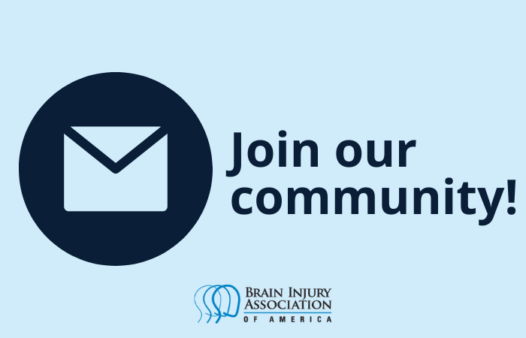CBIST Spotlight: Greg Ayotte
Categories: Professionals
Gregory Ayotte, CBIST is the Director of Consumer Services at the Brain Injury Association of America (BIAA). He has worked at BIAA for more than 15 years. His responsibilities include managing the National Brain Injury Information Center (NBIIC) and responding to requests for information about brain injury received by BIAA. In addition to his time at BIAA, he worked at a CARF-accredited community re-entry brain injury program in Maryland.
He has served on Maryland’s TBI Advisory Board and participates in several Advisory Boards for PCORI research projects. He was named to the Centers for Disease Control and Injury Prevention External Experts Committee for the development of information and resource protocols and policies for brain injury organizations across the country.
Why have you chosen a career in brain injury? What are you most passionate about in the field?
When I was growing up, I had two friends that experienced severe brain injuries. Each had a different outcome. I wanted to understand how or why that could happen and how I could help others who sustained a brain injury.
Why is having your CBIST important and helpful to you in your daily work?
Part of my job at BIAA’s National Brain Injury Information Center is to respond to requests for information about brain injury. The requests can range from family members with a loved one in a coma to questions about mild brain injury. People contact us anywhere from days after the injury to 20+ years after the injury. The issues people want help with range from questions about strategies to manage memory issues, to support for families dealing with end-of-life decisions, and everything in between. In my time with BIAA in this position, I have responded to more than 40,000 requests for information about brain injury.
My job allows me to hear directly from families and people with brain injury from all over the country. People share the challenges and triumphs they experience and share what issues are barriers to recovery. I am very proud of being a CBIST. It’s a great way to share with people that I have a solid understanding of brain injury, and have a certain level of expertise. That helps families who contact NBIIC understand the people responding to their requests have a lot of experience. That helps families feel more confident in the information shared
What are some of the age-related challenges that are most often reported to BIAA’s National Brain Injury Information Center?
We did a conversation with Dr. Masel about the long-term issues following a brain injury. One of the biggest challenges we talked about was endocrine issues after brain injury. That is something that is often overlooked by medical professionals, in part because the assumption is a brain injury does not get better or worse over time. That is just not accurate.
What can clinicians/providers do to best support individuals, and their caregivers, as they age with brain injury?
I think the importance of things like exercise, nutrition, hydration, and social connections on brain health (and mental health) are not discussed enough. There is no “prescription” to give, but we are learning so much about how much the environment impacts your brain health and I think it’s helpful when providers address those issues. I just wish I would better follow that advice for myself!

